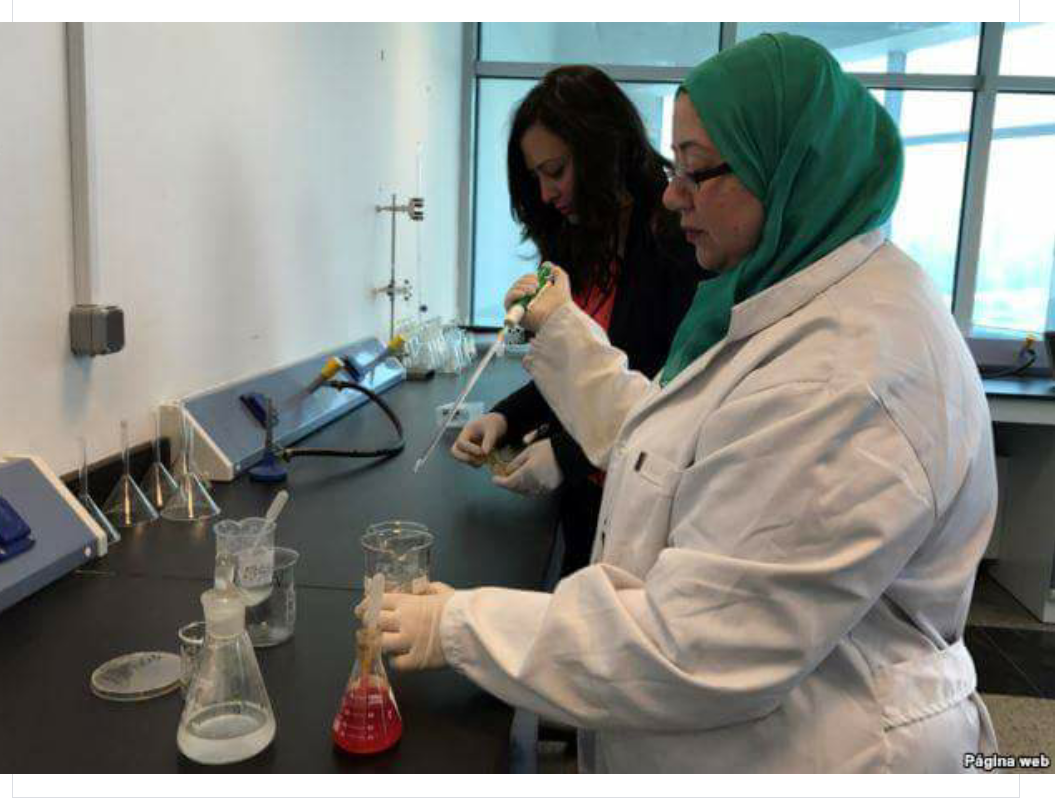
Turning Shrimp Shells into Eco-friendly Plastic
Egypt produces 20 million tons of solid waste annually, some of which is recycled or buried in landfills, much of which is piled up on roads, in water drains, or may even lie at the bottom of the sea. This is in short the garbage and plastic waste disaster that requires years to decompose under the sun. The results are usually smaller pieces of microplastic particles eaten by fish and marine organisms only to die suffocating or via bowel obstructions. Plastic forests surround us daily, from packing wrappers to disposable plates and cups; mountains of garbage are produced and thrown in just a few minutes and that increase the scale of the environmental disaster.
Despite global warnings and some national initiatives to restrict the use and circulation of disposable plastics, such efforts, unfortunately, are meager in the face of the multiplying daily production of plastic. However, offering biodegradable and environmentally friendly alternatives could offer hope for solving the problem, including an important study reported by news agencies in 2017 on the success of experiments at Nile University to produce plastic from shrimp shells.
